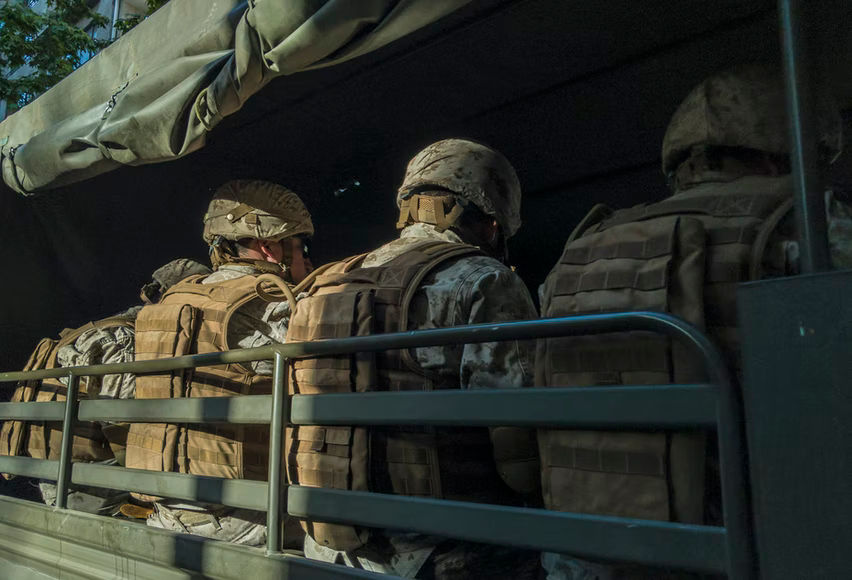Military Parades and Fireworks are used to honour Bastille Day, or the nation of France as a whole every year on July 14. The Bastille’s collapse on July 14, 1789, is commemorated by the national holiday.
On this day, “dance and fireworks displays or unique illuminations are scheduled all around the country,” in addition to the customary military parade on the Champs-Elysées.
Also read: This is how you can celebrate Bastille Day in US
History of Bastille Day
During the French revolution, there was intense agitation in Paris due to the Estates-refusal General’s to disband and instead reconstituted as a constituent National Assembly. King Louis XVI summoned additional troops in July 1789 and fired his well-liked minister Jacques Necker.
Later, on July 14, early in the morning, Parisians took up arms from the Invalides armoury and marched toward the Bastille, an old royal stronghold. After a number of shots were fired, the crowd entered the Bastille and freed some captives.
The storming of the Bastille marked the nation’s first victory over a representation of the “Ancien Régime.” The day was first grandly observed on July 14, 1790.
A deputy for the Seine department named Benjamin Raspail designated the day a national holiday in July 1880.
July 14, 1919, was a day of huge triumph celebration following the austerity of the 1914–18 war, and it was preceded in 1945 by three days of municipal festivity.
Also read: Bastille Day: Importance of the French Independence day and how to celebrate it
Celebrations of Bastille Day:
Every year, the Bastille Day is lavishly commemorated. However, the Fifth Republic’s succeeding Presidents have changed the day’s occurrences, according to the ministry of Europe and foreign affairs of France diplomacy. It gave the military parade as an illustration, saying that President Giscard d’Estaing moved the troops from the Place de la Bastille to the Place de la République in an effort to revive the tradition of revolutionary Paris. But starting in 1980, the parade moved back to the Champs-Elysées.
German Eurocorps soldiers participated in the march on the Champs-Elysées in 1994, signifying the rapprochement between the two countries. But in 2007, for the first time, soldiers from 27 different European nations took part in the march.
A detachment of 400 soldiers from the Indian Army, Navy, and Air Force launched the military parade in 2009 after being asked to participate in the celebrations. As part of celebrations honouring their 50th anniversary of independence, fourteen African nations took part in the parade in 2010.







